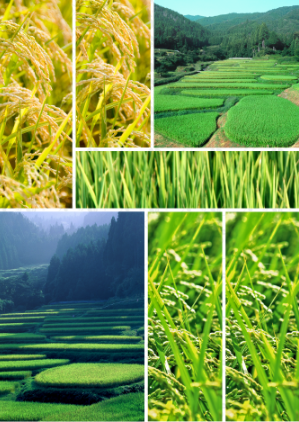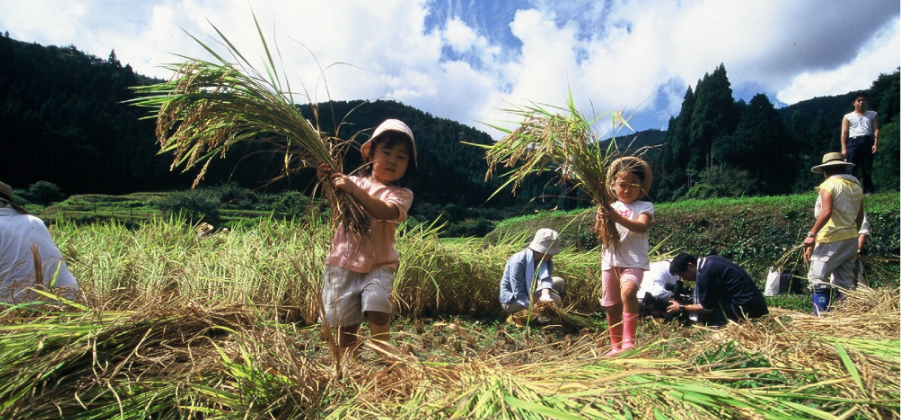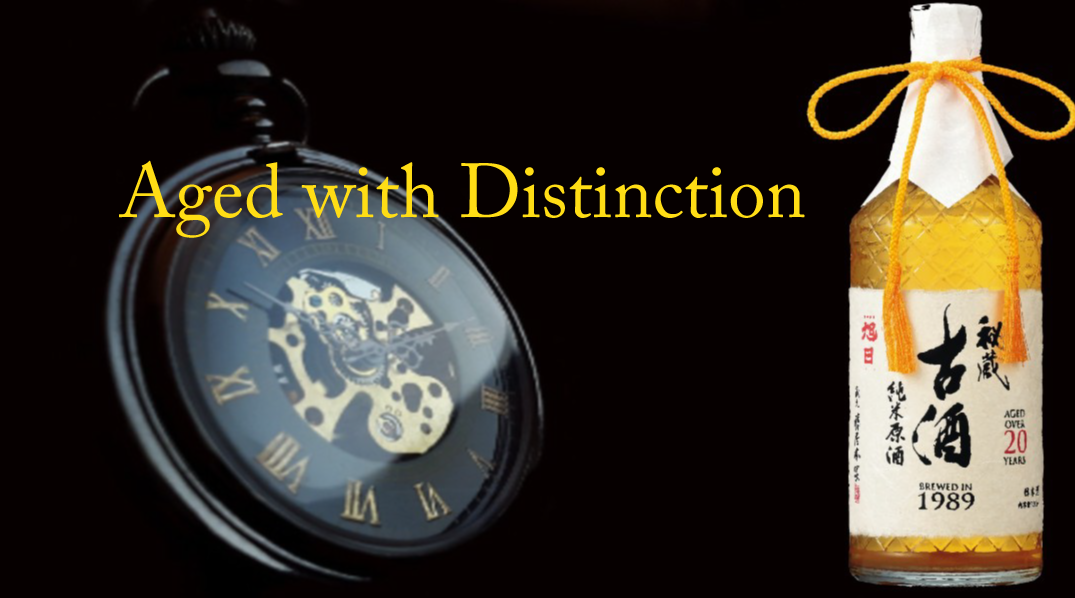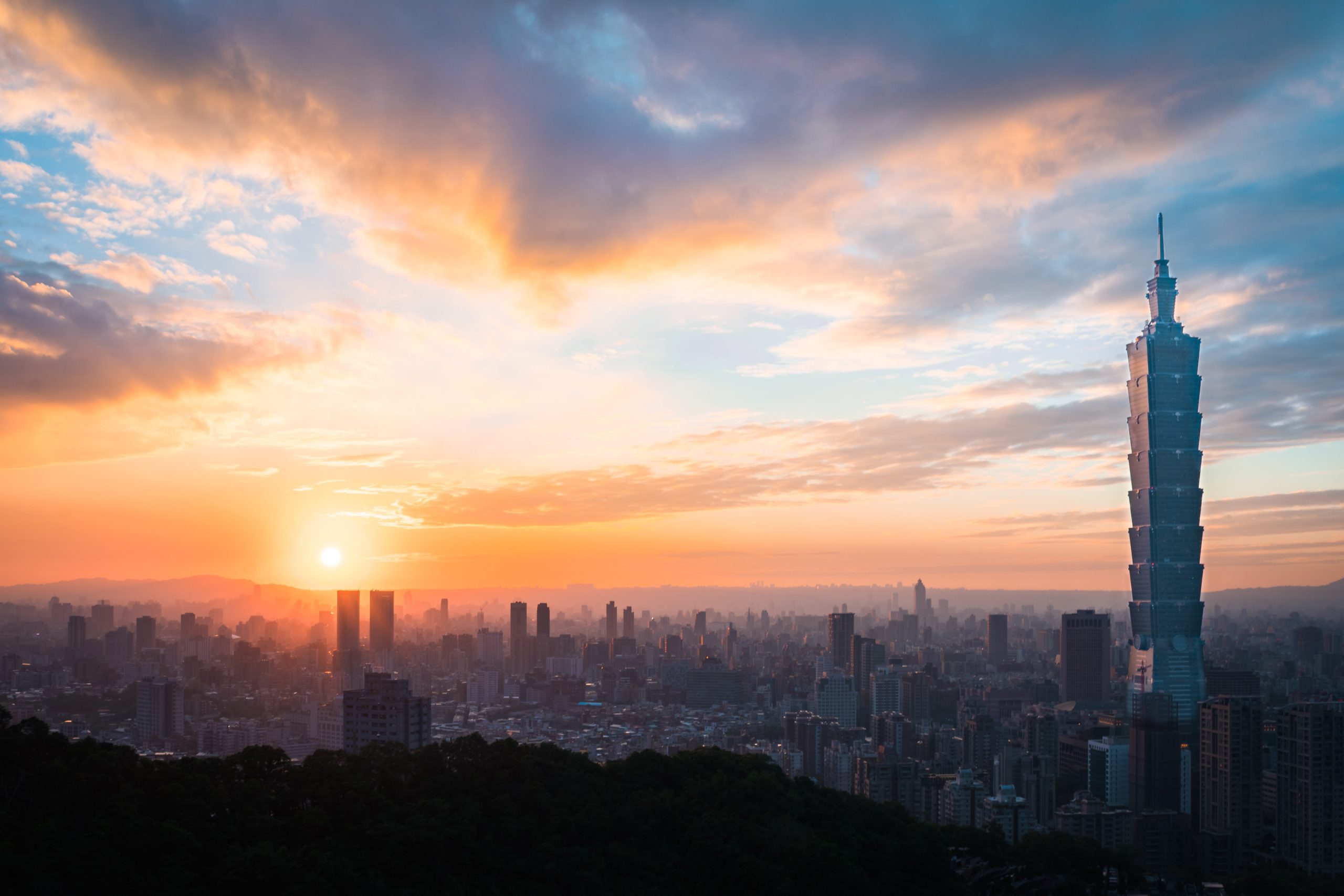Our sake export brewery partner Fukui has been working on “.” Efforts to conserve rice terraces through “Haginoro Junmai Ginjo Satoyama” which started in 2002. They also want to help society through their sake brewing, such as providing sake lees for “Lake Kuni Cheesecake” to Ayumi Workshop, whose mission is to improve labor compensation for people with disabilities. Believing in the great power of delicious and fun sake, they will continue social activities in the future.
Preseving the beautiful rice terraces
Fukui has been working on a sake brewing called “Satoyama” since 2002 for the purpose of conserving rice terraces. “Satoyama” is the only rice terrace in Shiga prefecture that has been selected as one of the “100 Best Rice Terraces in Japan”. It conveys the current state of rice terraces and the need for rice terrace conservation.
These rice terraces are among the most idyllic and timeless scenes of the Japanese landscape. In spring, the surface of the water that fills the paddies reflects the blue sky and the verdure of the mountains. In summer, the young stalks sway in the wind. In the fall, the fully-grown stalks glisten in gold, and in the winter, the terraces turn white with the veil of snow.

Of the rice terraces around their brewery, the largest and most beautiful of all is the Hata rice terraces, recognized as one of the most impressive rice terraces in all Japan. Three hundred and fifty-nine rice paddies cover a total of 38 acres in all sort of geometric shapes and patterns. Spanning a hundred meters from top to bottom, the terraces form a bowl shape that it is said to have reached nearly to the top of the mountains in times of old, filling the eye with the grandeur of gold come harvest season.
These days, sadly, these beautiful rice terraces find themselves struggling for survival. Farming is difficult, output is small, and damage from wild animals is a constant danger. Each year, more and more paddies are abandoned. As these rice terraces are an important part of the ecosystem, and also serve as natural dams, their loss presents numerous dangers for the environment.
Through their efforts, Fukui seeks to protect this natural treasure from abandonment and extinction and share its marvels with the everybody nowadays.
Crisis of beautiful rice terraces
Rice terraces are often seen in the western shores of Lake Biwa, because Lake Biwa and the mountains are close to each other, so there is little flat land, and people in the old days carved out the mountains to grow rice, made rice fields, and formed rice terraces.
The landscape of terraced rice fields has the beauty of being called the original landscape of Japan. It changes from season to season, and in the spring, the blue sky and the green of the mountains are reflected on the surface of the rice fields. It shows the scenery where the rice ears shine in golden color.
There are 359 in the “Hata Rice Terraces” and they have an altitude difference of 100 m and spread out like a mortar boards on the hillside, turning the quiet mountain village turned golden in the autumn.
While many people are attracted to the beautiful scenery of Hata Rice Terraces, the harsh working environment peculiar to rice terraces in the mountains and the proximity of the mountains to the crops of wild creatures. Due to damage and low cultivation efficiency, the number of fallow fields is increasing year by year, and it is struggling for survival. In addition, rice terraces play a major role in maintaining a rich ecosystem and function as dams, and it is expected that various problems will occur as the rice terraces become more devastated.
Terrace-farming of Sake Rice: A Risky Proposition
Generally, when making sake, we use “rice suitable for sake brewing”, which is exclusively for sake brewing. “Sake brewing suitable rice” has little umami and is not chewy, so it is not very delicious to eat, but when used in sake, it is a very suitable variety for sake brewing that can express an elegant and moderate taste. Of course, sake can be made with rice such as “Koshihikari”, which we usually eat deliciously, but it is well known among sake brewers that it is not very delicious.
Therefore, you will be asked why “Satoyama” is made from Koshihikari and why it is not made from rice suitable for sake brewing such as Yamada Nishiki. Actually, at the beginning, we considered cultivating rice suitable for sake brewing in “Hata Rice Terraces”. Generally, many late-maturing varieties of rice suitable for sake brewing are harvested about one month later than normal rice, but since only Koshihikari was cultivated in “Hata Rice Terraces”, the Koshikari rice used for sake brewing has to be left for one more month after harvesting the normal rice for eating. It is easy to imagine that the leftover rice suitable for sake brewing is a good prey for monkeys, deer, and wild boar, and there will be no hope of being harvested.
However Fukui made efforts to use and keep alive the rice terraces by using Koshihikari in sake brewing

Sake brewing with Koshihikari was as difficult as expected. Of course, it will be sake, but it was not a satisfying taste in the beginning. They were doing their best to preserve the rice terraces, and with thanks to many of their customers who put up with the initial sake and drank it they were able to continue improving the sake. As they gained experience, the quality improved, and in the third year, “Satoyama” was able to reach a level where it could be drunk deliciously. After that, it was improved year by year, and when people related to sake brewing industry drank it, they were surprised at the quality obtained.
With the support of customers, they have been able to continue their efforts for more than ten years. The current quality of “Satoyama” is the result of repeated trial and error, but the “Hata Rice Terraces” are now abundant and delight in the beautiful fresh water from the mountains.

Looking to the Future
When rice planting and rice harvesting are carried out under the rice terrace owner system, the number of rice terrace owners, which greatly exceeds the population of the village, will come and enjoy the work with the community together. There is a “liquor owner system” in the rice terraces owner system, and you can experience farming such as ridge-painting, rice planting, mowing, harvesting experiences.
There are groups who are participate, and couples who come from many different prefectures. Although many people understand the current situation of rice terraces and cooperate with us under the rice terrace owner system, it is still an ongoing task to preserve the terraces. The wave of aging and declining population has a great impact on the rice terraces. We have not yet seen the path of rice terrace conservation for the future, but we would like to continue working on rice terrace conservation through “Satoyama”.
We thank you for your support and would like to spread our sake and community spirit to overseas drinkers through Sakeportal’s efforts. Please find our sake and enjoy.
 Previous Article
Previous Article Next Article
Next Article
- Categories:
- Share :
 Previous Article
Previous Article Next Article
Next Article
